Foxes are among the most intriguing and adaptable animals in the wild. Known for their cunning nature, beautiful fur, and strikingly bushy tails, foxes have captured the imagination of people across cultures and generations. They are celebrated in folklore, stories, and even in popular media for their cleverness and charm.
In this blog post, we’ve gathered 10 delightful fox coloring pages that are perfect for kids who love animals and enjoy creative activities. Along with these coloring pages, you’ll find fascinating facts about foxes that will make the coloring experience both fun and educational.
Age Range: Who Can Enjoy These Coloring Pages?
Our collection of fox coloring pages is designed to be enjoyable for children across various age groups, ensuring that every child can find something they love:
Toddlers (Ages 2-4)
For the youngest artists, we have simple and bold outlines of foxes that are easy for small hands to color. These pages help toddlers develop their fine motor skills and introduce them to the basic shapes and colors of these charming creatures.
Preschoolers (Ages 4-6)
Preschoolers will appreciate slightly more detailed illustrations that encourage them to use a variety of colors and practice coloring within the lines. These pages are excellent for enhancing hand-eye coordination and sparking creativity.
Early Elementary (Ages 6-8)
Children in early elementary school can explore more intricate designs that challenge them to think creatively about color patterns and experiment with different coloring techniques. These pages help improve concentration and attention to detail.
Older Kids (Ages 8-12)
Older kids will find complex and detailed illustrations that allow for greater artistic expression. These pages offer an opportunity to experiment with shading, blending, and other advanced coloring techniques, making the activity both fun and stimulating.
Fun Facts About Foxes
As your child colors these fox-themed pages, share these fascinating facts about foxes to enhance their understanding and appreciation of these remarkable animals:
Fox Species and Distribution
- There are around 37 species of foxes. The most well-known is the red fox (Vulpes vulpes), but there are many other species, including the Arctic fox, fennec fox, and grey fox.
- Foxes are found all over the world. They inhabit various environments, from forests and grasslands to deserts and Arctic tundras. Each species is adapted to its specific habitat.
Physical Characteristics
- Foxes have bushy tails. A distinctive feature of foxes is their long, bushy tails, which they use for balance, warmth, and communication.
- They have sharp, pointed ears. Foxes’ ears are not only adorable but also highly functional, helping them hear and locate prey even in dense undergrowth.
- Their fur can vary in color. While many foxes are known for their red or orange fur, others have different colors like white, black, or grey, depending on their species and habitat.
Behavior and Diet
- Foxes are omnivorous. They have a varied diet that includes fruits, insects, small mammals, and even birds. Their adaptable diet helps them thrive in diverse environments.
- Foxes are skilled hunters. They use a combination of stealth and speed to catch prey, often pouncing from a crouched position to surprise their target.
- They are solitary animals. Unlike some other canids, foxes typically live alone or in small family groups rather than large packs.
Reproduction and Lifespan
- Foxes breed once a year. Most fox species have a breeding season during which they mate and give birth to a litter of pups, usually in the spring.
- The gestation period is about 50-60 days. Female foxes give birth to 4-6 pups on average, which are born blind and helpless but grow quickly under the care of their parents.
- Foxes have a lifespan of about 3-5 years. In the wild, their lifespan is relatively short due to natural predators and environmental challenges, but they can live longer in captivity.
Conservation and Threats
- Foxes are generally adaptable and resilient. Most species of foxes are not currently endangered and can adapt to changing environments and human activities.
- Some fox species are threatened. Habitat loss, hunting, and climate change can impact certain fox populations, particularly those with more specialized habitats like the Arctic fox.
- Conservation efforts are ongoing. Protecting natural habitats and reducing human-wildlife conflict are important for ensuring the survival of vulnerable fox species.
Explore Fox Coloring Pages For Kids
Fox Coloring Page 1 for Kids
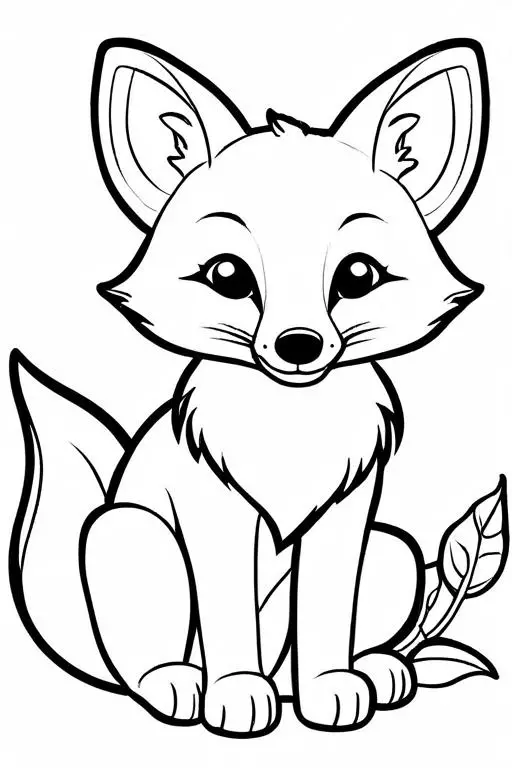
Fox Coloring Page 2 for Kids
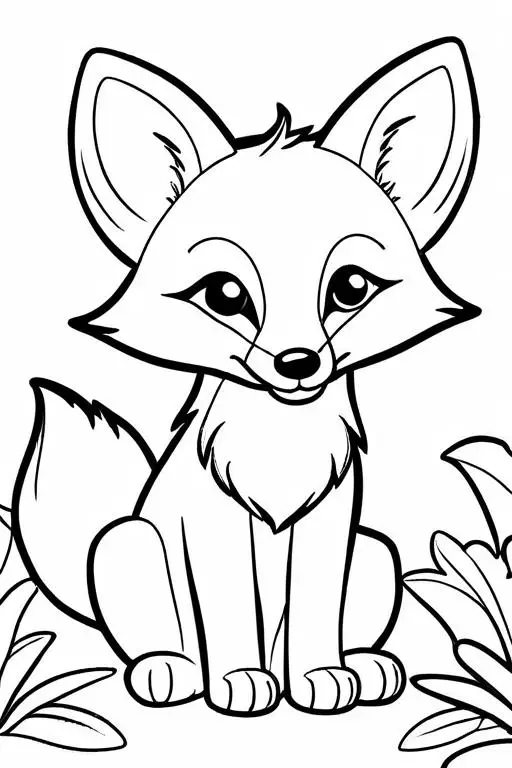
Fox Coloring Page 3 for Kids

Fox Coloring Page 4 for Kids
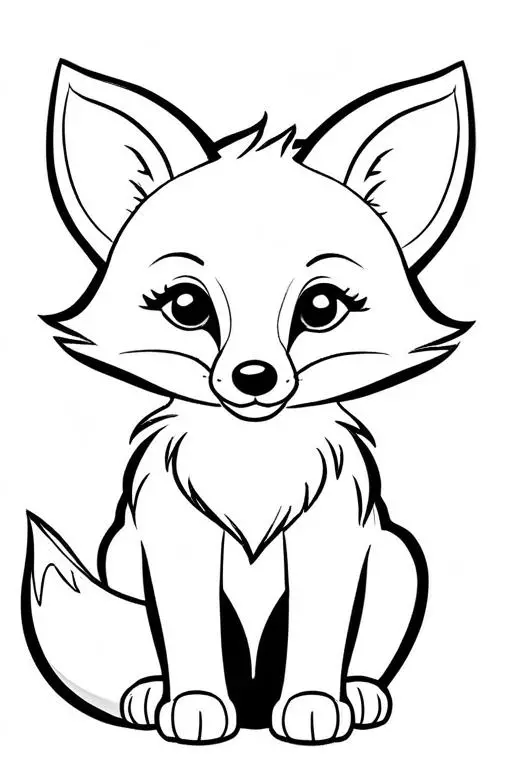
Fox Coloring Page 5 for Kids
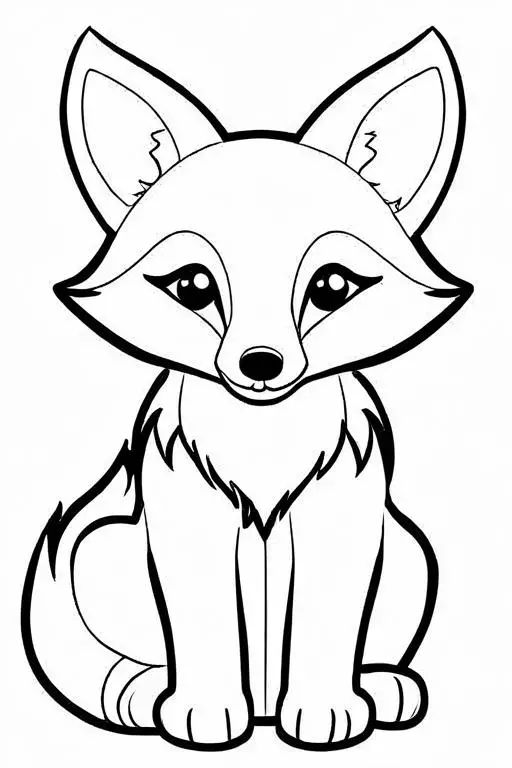
Fox Coloring Page 6 for Kids
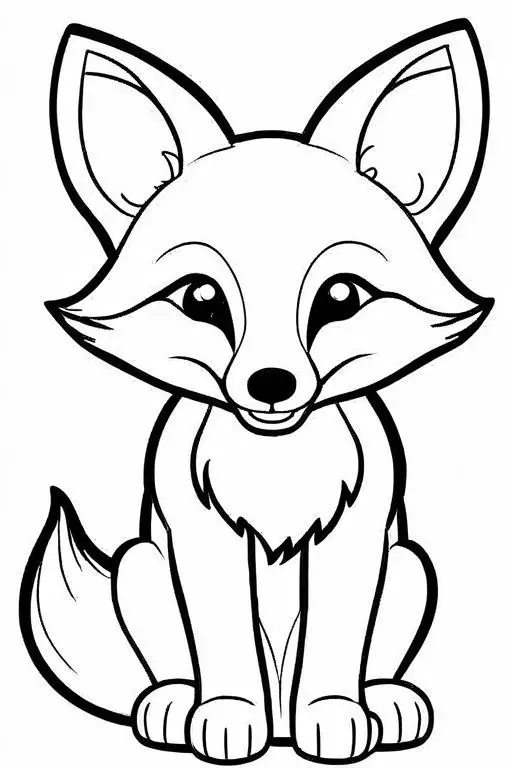
Fox Coloring Page 7 for Kids
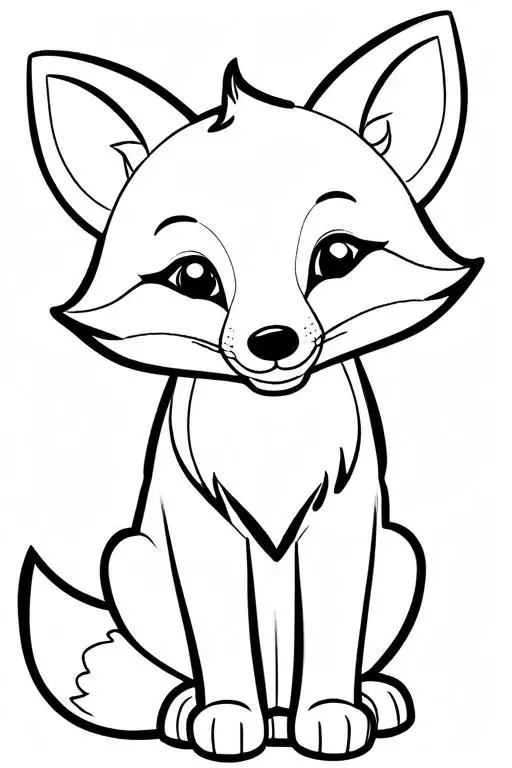
Fox Coloring Page 8 for Kids
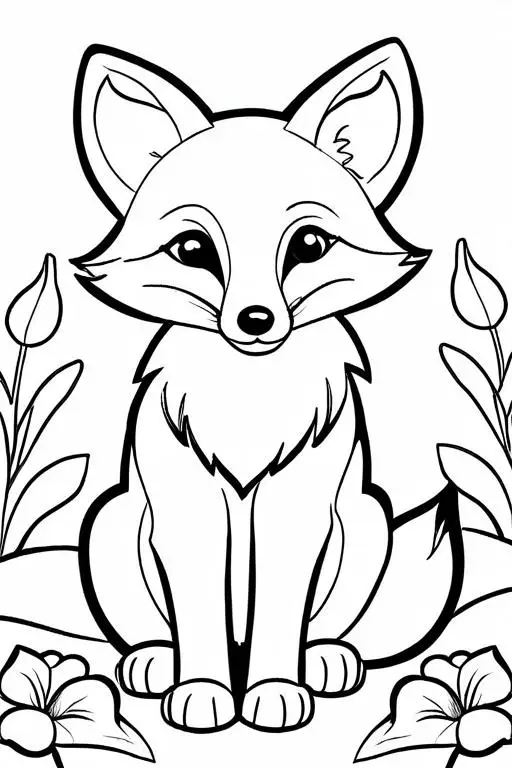
Fox Coloring Page 9 for Kids
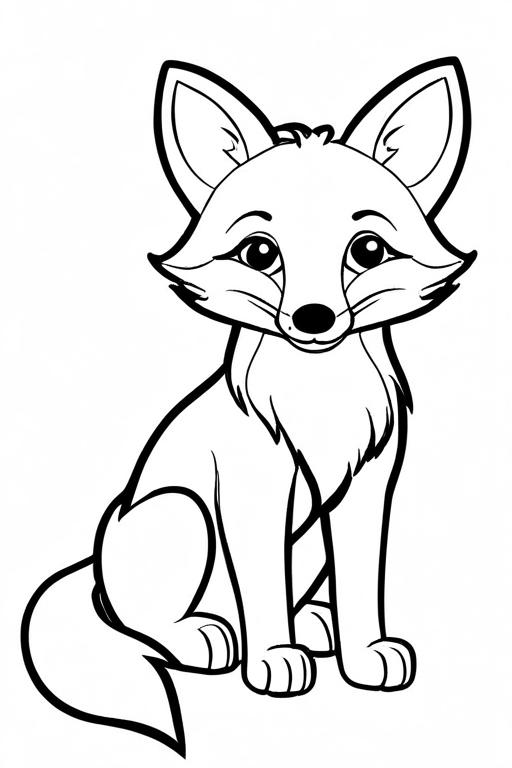
Fox Coloring Page 10 for Kids
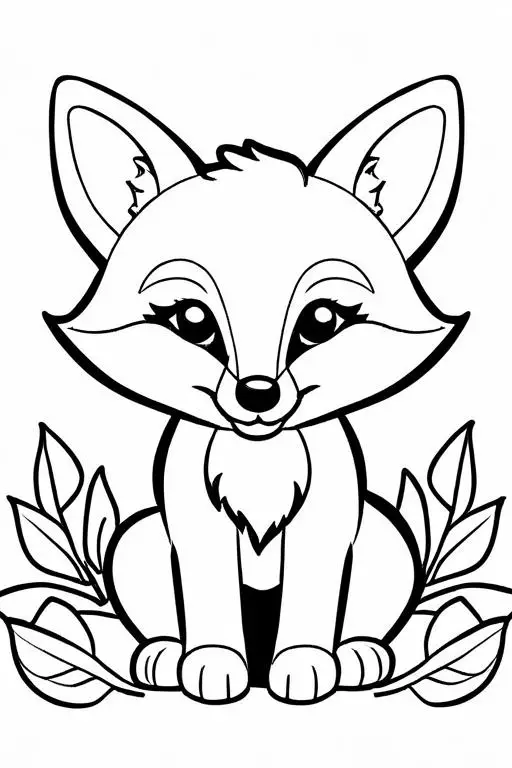
Conclusion
Foxes are enchanting animals with their striking appearances and clever behaviors. These 10 fox coloring pages offer children an engaging and educational way to learn about these fascinating creatures while developing their artistic skills. Whether your child is just beginning to explore the world of coloring or is already an experienced artist, these pages provide a fun and enriching activity that will keep them entertained.
So, gather some crayons, colored pencils, or markers, and let your child embark on a creative journey into the world of foxes with these delightful coloring pages. As they color, they’ll not only enhance their artistic abilities but also gain a deeper understanding and appreciation for one of nature’s most captivating animals.

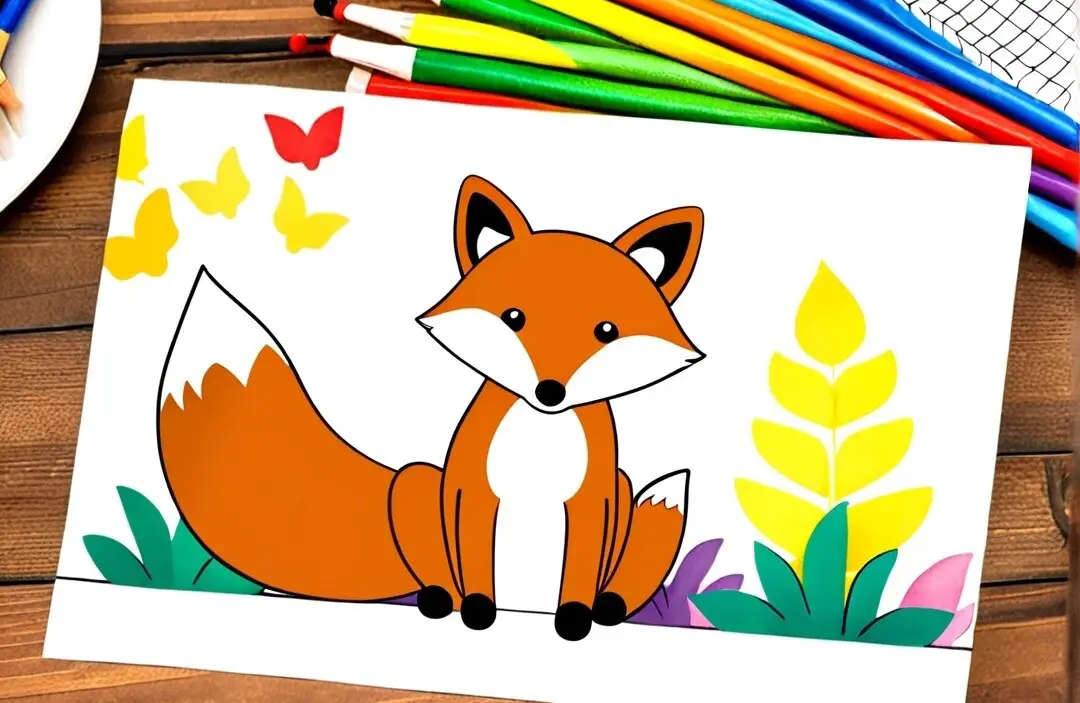
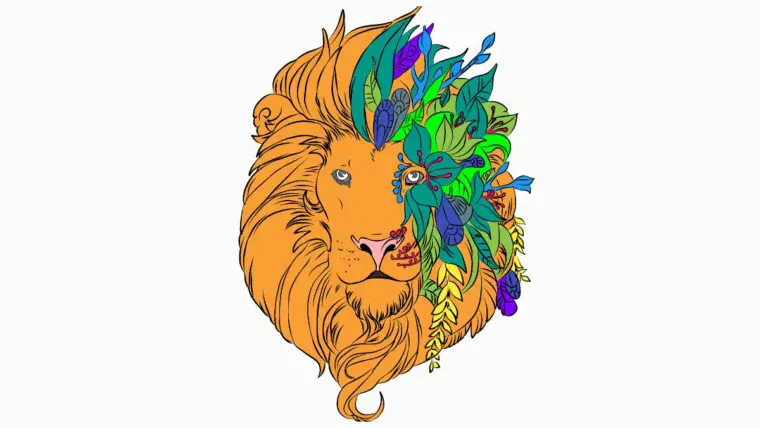

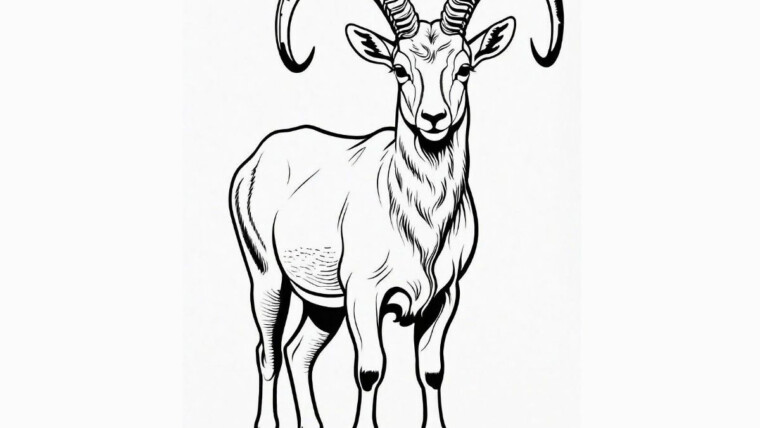
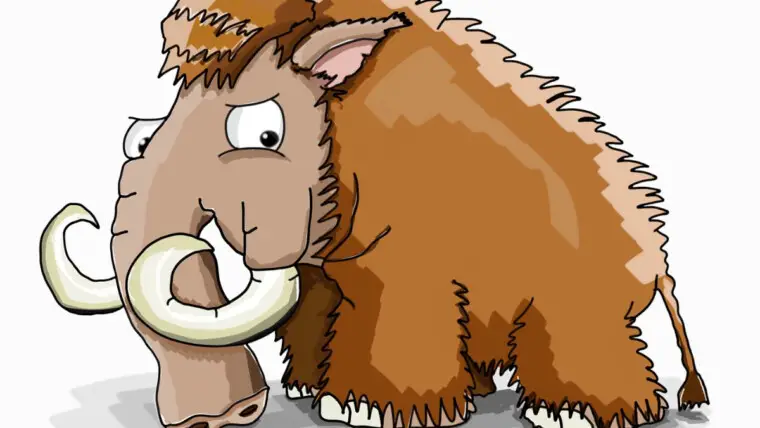

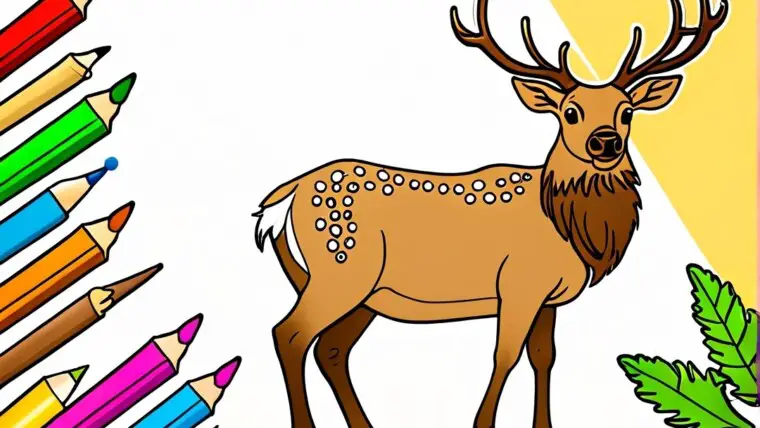
Maze Rampage Kids Activity Books: Unlock Fun and Learning for Toddlers and Preschoolers!
Engage Your Creative Mind with 2,500+ Free Adult Coloring Pages
100 Wasp Coloring Pages For Kids
48 Termite Coloring Pages For Kids